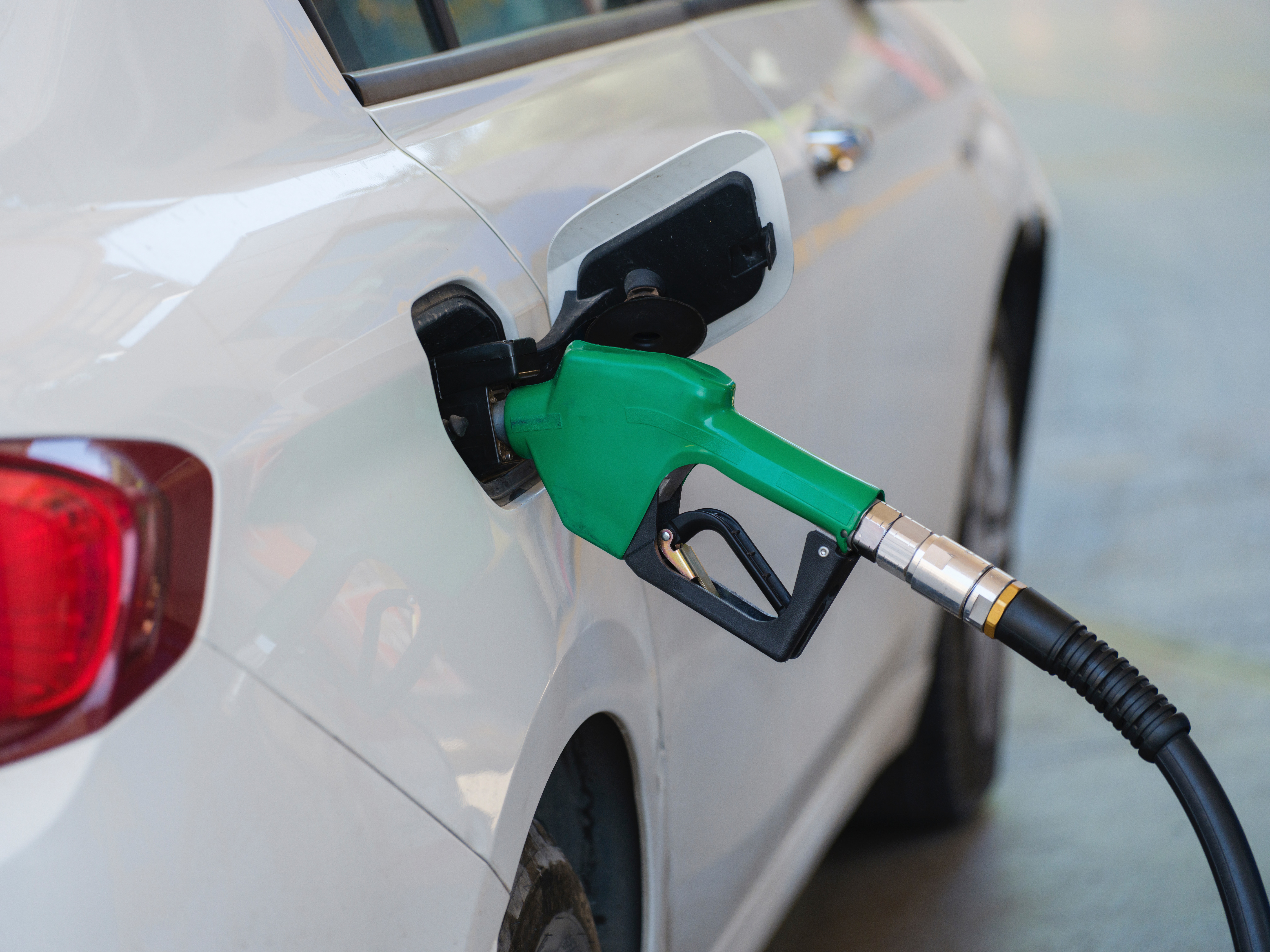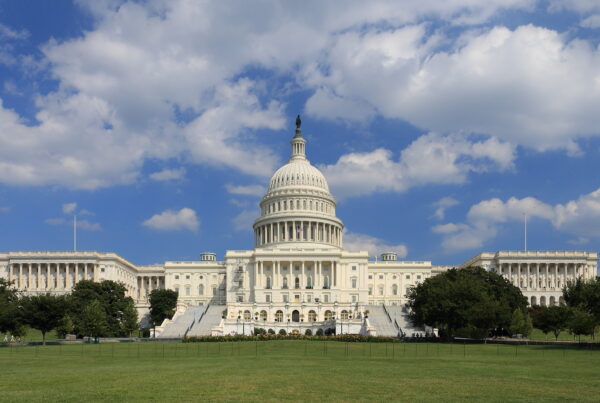When the average American driver fuels up at the gas station, chances are they’re hitting one of the “gasoline” buttons on the pump – either regular, midgrade or premium. Only about 3% of passenger cars in the U.S. run on diesel, according to the Bureau of Transportation Statistics.
Still, diesel fuel plays an outsize role in industries like construction, agriculture and shipping, and a diesel export ban recently enacted by Russia could affect global diesel supply and push energy prices higher.
Matt Smith, energy analyst for Kpler, spoke with the Standard about what prompted the move by the Kremlin, and what it could mean for the energy market.
This transcript has been edited lightly for clarity:
Texas Standard: When I think of diesel engines, admittedly, I think of those old clattering German vehicles from back in the 80s and 90s when, you know, a lot of Americans had really never driven diesel vehicles. Nowadays, they’re far more common. Tell us a little bit more about application for diesel and where the demand for diesel fuel really seems to be coming from.
Matt Smith: Well, sure, you talk about vehicles, but with Europe, a lot of European vehicles run on diesel. And so that was why the sanctions on Russia have been such a big issue, because Russia was sending diesel into Europe and they were using it to fill up their cars, as well as using it in industry, as you mentioned.
But because of the sanctions, Europe has had to look elsewhere for its diesel. And so yeah, it’s hitting their road fuel demand there because their prices are skyrocketing.
There’s a difference in how diesel is produced versus gasoline, right?
Well, what happens is you get that barrel of oil and you refine it at a refinery, and it produces about 40% gasoline, 20% diesel, and then other different elements, other different fuels. And so that’s essentially the breakdown.
So the the issue that they’ve had in Europe is because they’re not being able to run Russian crude as well, means they’re producing more gasoline and less diesel because of the crude quality that they’re running. And because of that, they’re producing more of the stuff they don’t need and less of the stuff that they do.
Why has Putin implemented this ban on diesel?
Well, it’s a couple of reasons: It’s to restock their own inventories, as well as reduce domestic prices, which have skyrocketed. The one thing to to bear in mind here is that they don’t appear to be weaponizing energy at this moment by making this stance, you know; we have seen them do that in recent past – stopping natural gas.
But instead, this seems a measure to reduce sort of rampant fuel appreciation and inflation in the country. It’s also important to note that this ban is expected to be temporary. So just today, they’ve announced that they’re easing the export ban on some products, but it remains in place on gasoline and high-quality diesel.
Who buys Russian diesel these days?
Well, as I mentioned before, the vast majority of it was going into Europe, but sanctions kicked in in February of this year, adding on to the crude sanctions that kicked in late last year. And so as flows have dropped to Europe, they have had to find another home. So they have continued apace, but instead, they’re pushing into Asia, Africa, Latin America.
And then Europe is having to backfill the loss of that Russian material by pulling it in from all manner of other places.
» GET MORE NEWS FROM AROUND THE STATE: Sign up for Texas Standard’s weekly newsletters
Okay, so here in Texas, how concerned should Texans be about this shift in diesel exports?
Very concerned, because, you know, domestic prices are influenced by global events. We see that with with oil markets, with crude prices. And so as crude prices have rallied, you know, from the high $60s in late June to $90 a barrel now, you’ve seen actually a greater move by global diesel prices. And so they’ve been short on supply because of the Russian-Ukraine war and subsequent sanctions.
So diesel has rallied up about 50% on that kind of exchange traded basis from some June lows to its recent high there. And that’s a U.S. price, right, but influenced by something that’s happening a long way away.
And of course, as these gas and diesel prices continue to rise, that affects our perception of how inflation is taking a huge chunk out of all of our wallets.
Yeah, absolutely. So that’s already working its way back into these inflation numbers as we’re seeing prices at the pump rising and diesel prices, all these things are working their way into that inflation number. So we could see another interest rate hike coming, driven by that predominant. You know, all paths lead back to energy, right? So yeah, it’s concerning.
U.S. inventories for diesel are pretty low; demand is strong at this time of year, given crop harvesting and the stocking of residential fuel, like tanks, in some regions ahead of winter here. So you know, even though retail prices in Texas are lower year-on-year compared to what they were, they’re still at $4.10 a gallon at the pump for diesel, which is pretty expensive.














